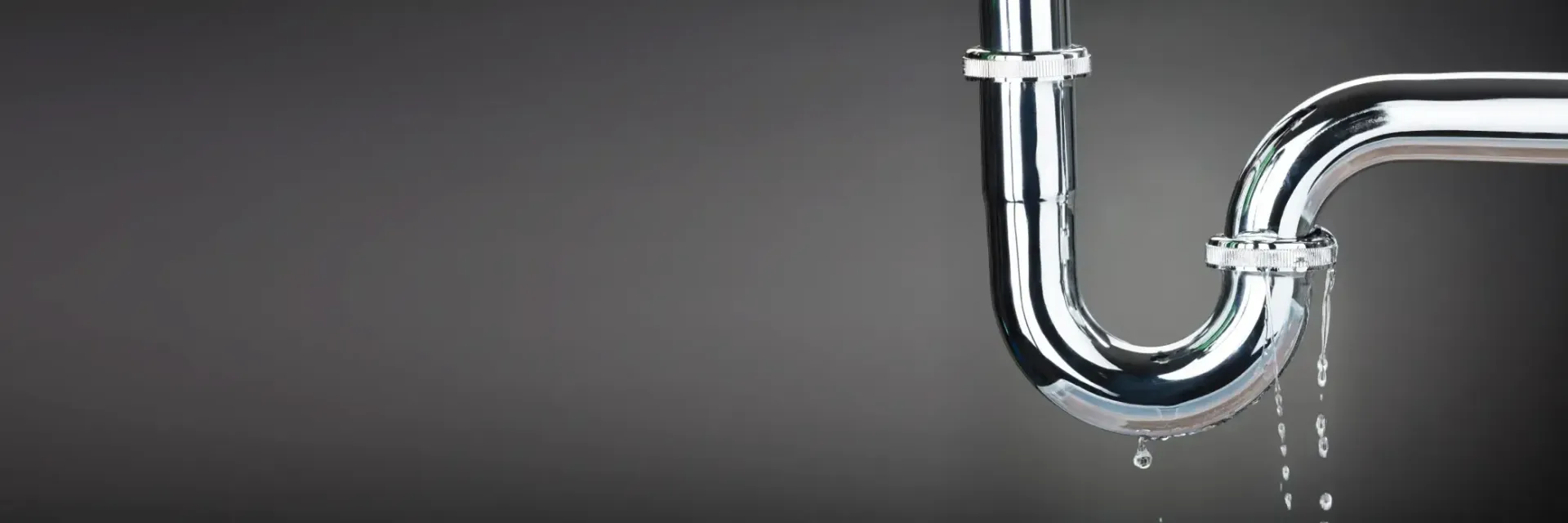When Should I Replace My Old Plumbing?
Nothing lasts forever. Not 1970s shag carpet. Not your beloved pair of comfy slippers. And certainly not your home’s plumbing and pipes.
Of course, if your home was built in the past few years, you won’t have to worry about replacing or repairing your old plumbing for a while. However, many homes are decades old. That means their plumbing systems could be ready for retirement.
What is “old plumbing,” though?
Unless you’re in the plumbing industry, you might not have a good perspective on what old plumbing looks like.
Home plumbing fixtures and pipes reach old age much faster than others. Consider copper pipes, which are still popular. The best of the best can last up to 80 years. Pipes made of cast iron, galvanized steel, and even brass can hit the century mark. By contrast, newer PVC pipes may break down after 50 years. In other words, your 50-year-old copper plumbing could very well be working great and your 20-year-old PEX or PVC plumbing could be in need of repair or replacement.
How can you know if your plumbing needs an upgrade, then? Aside from contacting a plumber to get advice, you can look for the signs that your plumbing may not be working at full capacity.
As a side note, if you find out that you have lead pipes in your plumbing, call a plumber immediately. Lead can leach into the water and be a health hazard for you and your pets.
Common Indicators of Worn-Out Old Plumbing
Below are a few of the red flags that typically indicate that old plumbing has reached the end of its usable life.
- You’re seeing bits of the pipe material coming out of your faucets when you run the water.
- Your water is a different color because the pipe material is leaching into it.
- Your water pressure goes up and down without any good reason.
- Your water pipes are leaking.
You can't ignore these symptoms. In some cases, they may require a smaller fix than replacing a wide expanse of pipes in your home. You can’t be sure, though, until you get feedback from a professional.
What is the Typical Cost to Replace Plumbing in an Old House?
For people with older homes, especially, old plumbing can be a concern. And wondering what the cost to fix or replace that plumbing might be can feel overwhelming.
As you might guess, the cost to repair your plumbing varies. For example, your plumber might recommend replacing just a small part of your overall system and not everything. If that's the case, the cost may not be too terrible.
What if you have to replace all the pipes in your old house? That’s a different matter and will necessitate a larger price tag. A big plumbing job in a big house can be expensive. If you need to replace both your plumbing supply and sewer lines, your plumbing quote may look higher.
Again, the key is to call a plumber at the first sign that something might be wrong. This allows you to ward off higher costs, especially if your plumbing can make fixes that allow you to get more years out of your old plumbing.
What to Expect When Replacing Old Plumbing Pipes
Old plumbing is destined to break down someday. When it does, you can expect a plumber to take a few steps during the replacement process.
First, the plumber will do a thorough evaluation of your home and let you know which plumbing to keep and which to replace. They can also help you prioritize repairs and replacements so that you’re tackling one thing at a time. For example, if you have old toilet plumbing in dire need of repair, they might say to prioritize fixing that first. Next, they'll set up a time to come to your house and start the repair or replacement work. You’ll be able to choose the types of replacement pipes that are best suited to your home.
Remember that the plumber will usually need to turn off your water supply while working. Therefore, be sure you have water on hand for drinking and cooking during that time. A full-scale re-piping can take several days or longer if you have a very large home, so be patient and prepared. The result is worth the wait because you’ll have dependable plumbing that should last longer than you live in your house.
Find a professional plumbing company you can trust and let experienced technicians do the diagnosing, maintaining, and replacing work. If you're looking for plumbing professionals in Gainesville who are equipped to fix and replace old school plumbing, we're here to help. Click here to request a service and get started today!











Share On: